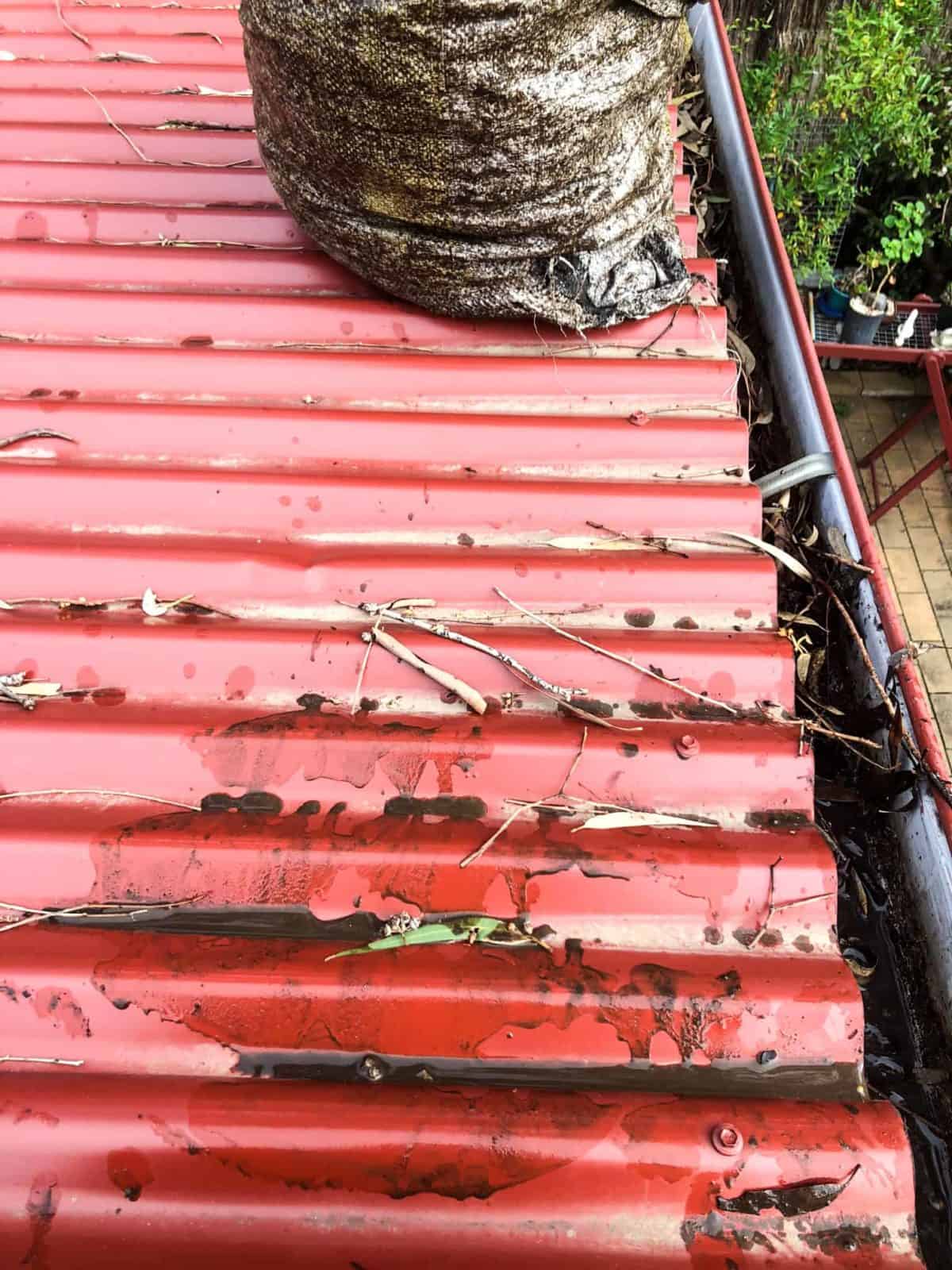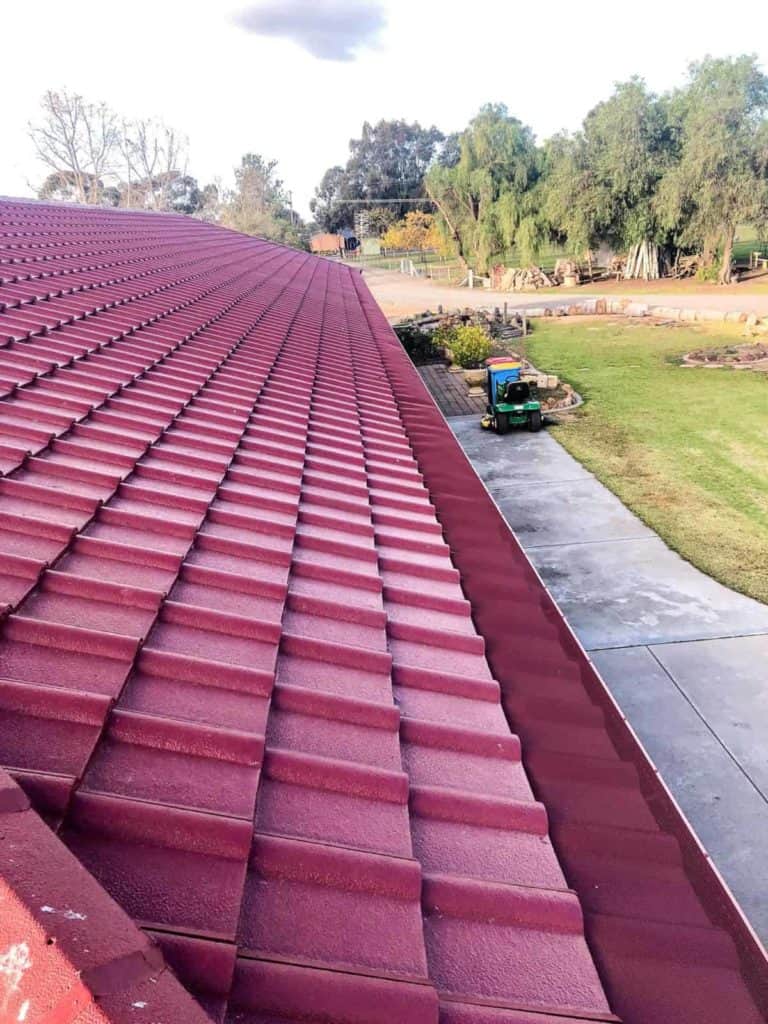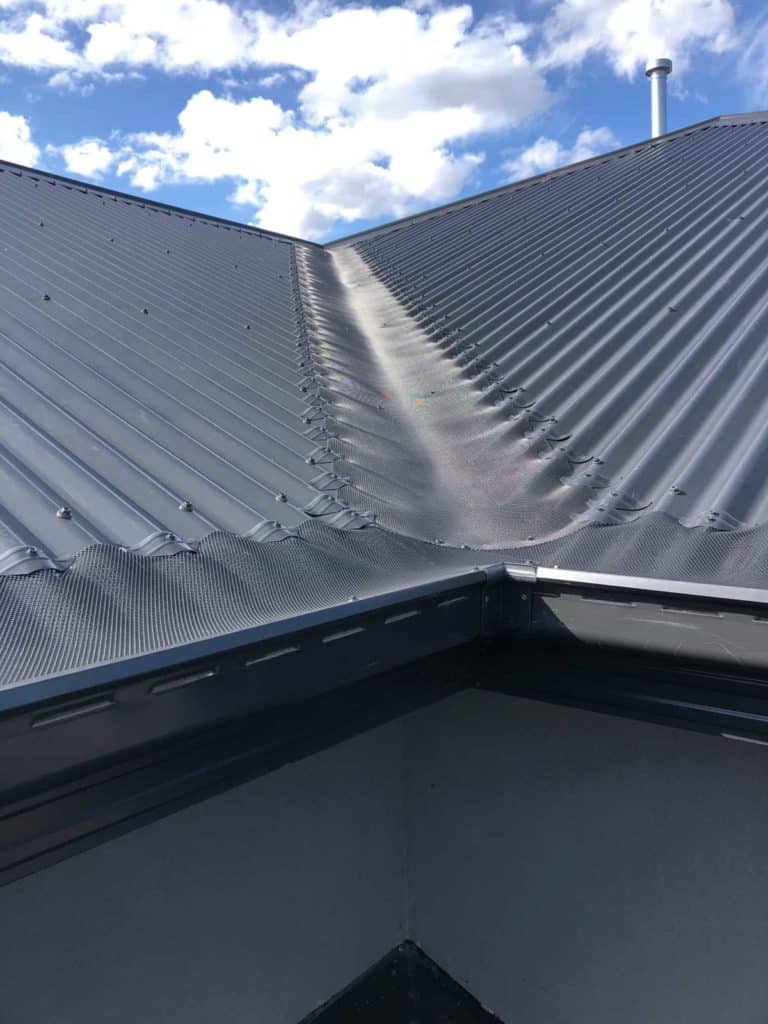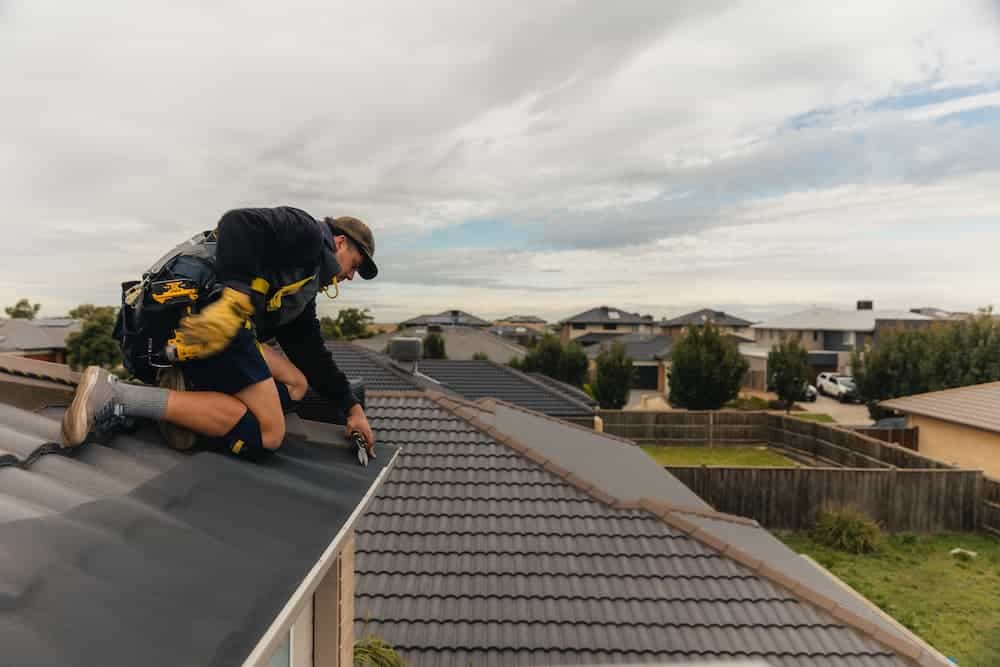To most people, gutters are just there and have a job to do, which is to catch rainwater from the roof and take it safely away into the drainage system or a rainwater tank for subsequent use. Consequently, most people don’t pay much, if any, attention to their gutters until things go wrong.
The integrity of your gutter system is crucial to the structure of your property. If it doesn’t work correctly, rainwater can penetrate the interior of the building, cause flooding in the basement, damage electrical installations and result in various other problems. It’s vital, therefore, that you check your gutters frequently and ensure there are no lulls or other issues that require attention. A little time spent now can make a huge difference in the future, saving time and money that will ultimately be unavoidable if you let your gutters deteriorate.
Detecting Lulls and their Causes
Lulls or sags in the gutters are one of the most frequent problems you will encounter. In general, they’re relatively easy to detect because the gutters will dip downwards rather than being straight. This will cause water to collect and overflow rather than draining away correctly and will eventually become a very serious problem.
Sagging gutters are caused by a variety of issues, some of which are simple to fix while others require greater attention and will become worse over time. It’s important, therefore, that you spot and correct them early, so check thoroughly and frequently.

- The gutter being clogged with leaves, twigs and other debris. This causes a blockage and prevents rainwater passing to the downpipes, resulting in additional weight from the water and the saturated debris that will eventually cause the gutter to sag.
- Excessive temperatures in summer will cause the gutter to expand and then contract again as the weather cools. Expansion and contraction over a long period can eventually result in the gutter pulling away from the wall.
- Leaks can occur when there are gaps in the seams between the different sections of the gutter. This can result from incorrect sealing of the seams but can equally be caused by excess weight from blockages that will eventually lead to lulls in the gutter.
- Brackets may be incorrectly fixed, spaced too wide apart or have bolts or fixing screws that are either missing or have failed due to corrosion. The brackets may also be coming away from a fascia board that is rotting due to water penetration from overflowing gutters. All these problems will put strain on your gutters and cause them to sag due to the inadequate support.

Fixing Lulls and Avoiding them Happening
Some of the problems with gutters can be easily corrected by fixing support brackets properly and sealing gaps in seams. You can also clear out all the debris that has built up and is causing blockages and putting unnecessary strain on your gutters.
To look after your gutters properly, you need to check and clean them regularly, which can a time-consuming and often messy job. If you haven’t been doing the required checks and maintenance, your gutters may be warped, distorted and generally beyond repair. This will necessitate the cost and disruption of replacing your gutters.
One effective way to avoid many of these problems is to fit gutter guards. These will prevent debris clogging your gutters and avoid excess weight that results in lulls and the damage that follows. Get in touch with us at Aussie Gutter Protection and we’ll ensure your gutters won’t sag again.








